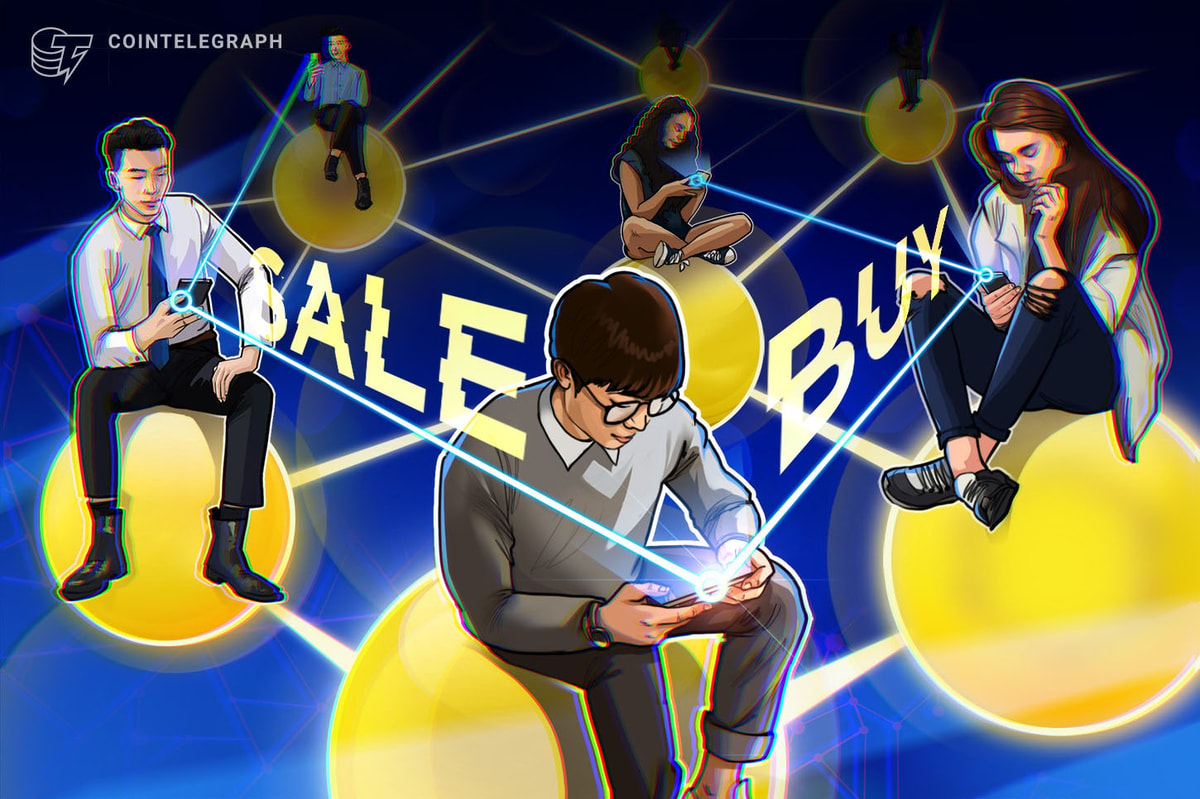
The emergence of Web3 technologies, such as blockchain and smart contracts, profoundly impacts how we interact with each other and do business online.
At the heart of this transformation is the decentralization of power and eliminating of intermediaries that have traditionally acted as gatekeepers in various industries. This shift is particularly evident in the internet consumer economy, where Web3 breaks down barriers and enables more direct, efficient, and mutually beneficial relationships between producers and consumers.
Web3 Brings a Paradigm Change
Traditionally, content creators have relied on centralized platforms to reach their audiences and monetize their work. Although these platforms offer an easy on-ramp to produce and share content, their role as service provider adds a layer of friction between creators and consumers.
Web3, on the other hand, allows consumers to interact directly with producers. Because there are no intermediaries, consumers aren’t bombarded with advertisements and can rest assured that no third party is harvesting (and monetizing) their personal information.
For instance, Web3 browser Brave allows content consumers to choose which creators they want to tip and reward for their work. Web3 blogging platform Publish0x also follows a similar model, allowing readers to reward their favorite creators.
The notable aspect of these models is that consumers don’t necessarily have to reward creators out of their pockets. Instead, consumers are rewarded for spending time on the platform and interacting with the content. Consumers can then use a portion of their rewards to support their favorite creators.
This shift is already having a significant impact on the consumer economy. As Web3 ecosystems continue to sideline intermediaries, they allow more cost-effective and efficient ways for producers to reach their consumers. At the same time, consumers can exert more control over the products and services they consume, as well as the relationships they have with producers.
Disrupting the Video Content Industry
Over the last couple of years, Web3’s consumer-centered approach has quickly expanded into the content industry, unlocking several new ways for consumers to support their favorite creators and get duly incentivized for this activity. It started with blogging, especially with the rise of platforms like Publish0x, but has now transitioned to video content with the accelerated growth of non-fungible tokens (NFTs) and Web3 technologies.
Other platforms like Snapmuse.io enable more direct relationships between creators and their audiences. Through the use of decentralized technologies like non-fungible tokens (NFTs), it facilitates novel rewarding models between content creators and consumers. The platform effectively changes the Web2 paradigm by providing an infrastructure that provides more stable and sustainable earnings for both creators and consumers and fosters greater engagement and stronger bonds within communities.
Instead of being casual content consumers and bystanders, this mechanism promotes greater engagement, forges stronger bonds between communities, and provides a runway for the creative process to thrive. At the same time, this mechanism overcomes the capital constraints that currently inhibit or restrict content creation.
As this trend continues to grow and evolve, expect to see more exciting developments where consumers take center stage. Whether through decentralized marketplaces, smart contracts, or directly rewarding content consumers, Web3 is revolutionizing how products and services are consumed by fostering a more equitable and sustainable economy for all.
Read More: news.google.com









 Bitcoin
Bitcoin  Ethereum
Ethereum  Tether
Tether  XRP
XRP  Solana
Solana  USDC
USDC  Dogecoin
Dogecoin  Cardano
Cardano  TRON
TRON  Lido Staked Ether
Lido Staked Ether  Wrapped Bitcoin
Wrapped Bitcoin  Sui
Sui  Wrapped stETH
Wrapped stETH  Chainlink
Chainlink  Avalanche
Avalanche  Stellar
Stellar  Hyperliquid
Hyperliquid  Shiba Inu
Shiba Inu  Hedera
Hedera  LEO Token
LEO Token  Bitcoin Cash
Bitcoin Cash  Toncoin
Toncoin  Litecoin
Litecoin  USDS
USDS  Polkadot
Polkadot  WETH
WETH  Monero
Monero  Bitget Token
Bitget Token  Wrapped eETH
Wrapped eETH  Binance Bridged USDT (BNB Smart Chain)
Binance Bridged USDT (BNB Smart Chain)  Pepe
Pepe  Pi Network
Pi Network  Ethena USDe
Ethena USDe  Coinbase Wrapped BTC
Coinbase Wrapped BTC  WhiteBIT Coin
WhiteBIT Coin  Aave
Aave  Dai
Dai  Bittensor
Bittensor  Uniswap
Uniswap  NEAR Protocol
NEAR Protocol  Aptos
Aptos  OKB
OKB  Jito Staked SOL
Jito Staked SOL  Ondo
Ondo  BlackRock USD Institutional Digital Liquidity Fund
BlackRock USD Institutional Digital Liquidity Fund  Cronos
Cronos  Tokenize Xchange
Tokenize Xchange  Ethereum Classic
Ethereum Classic